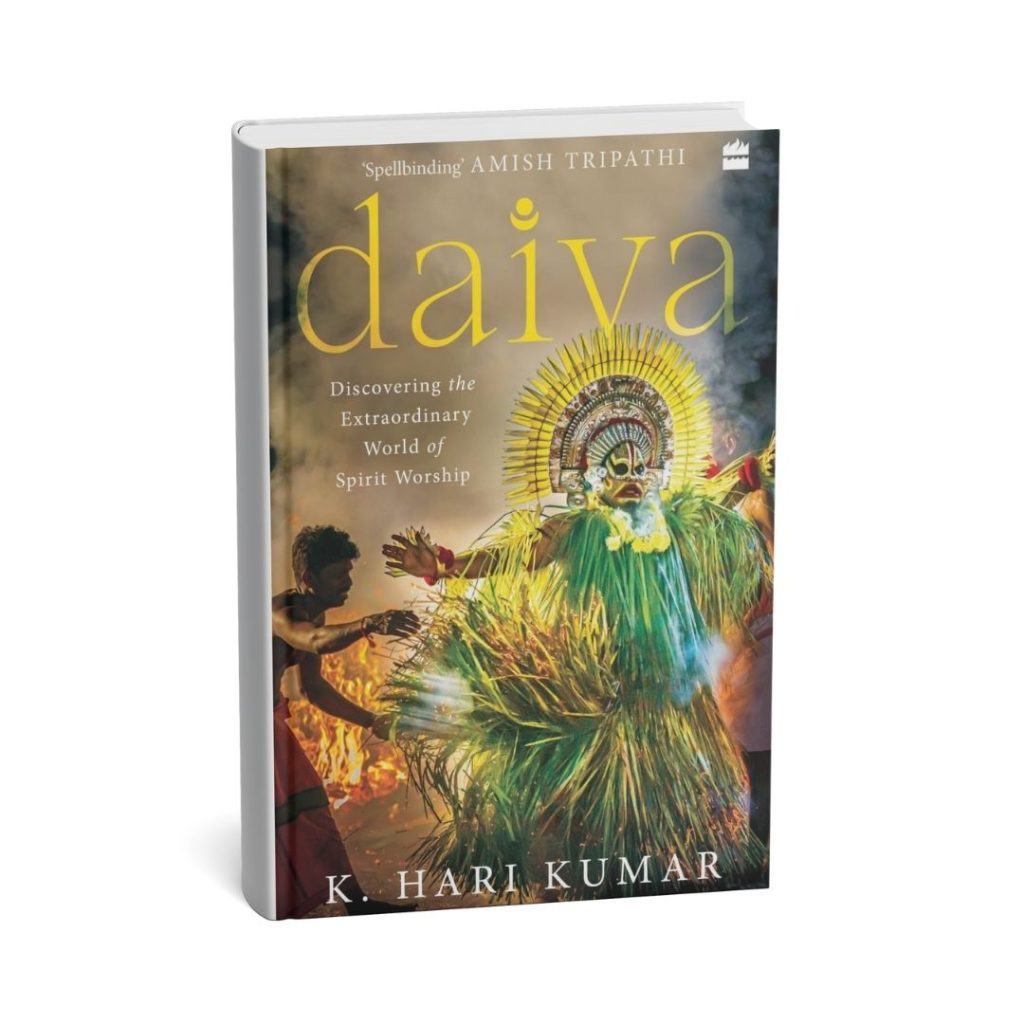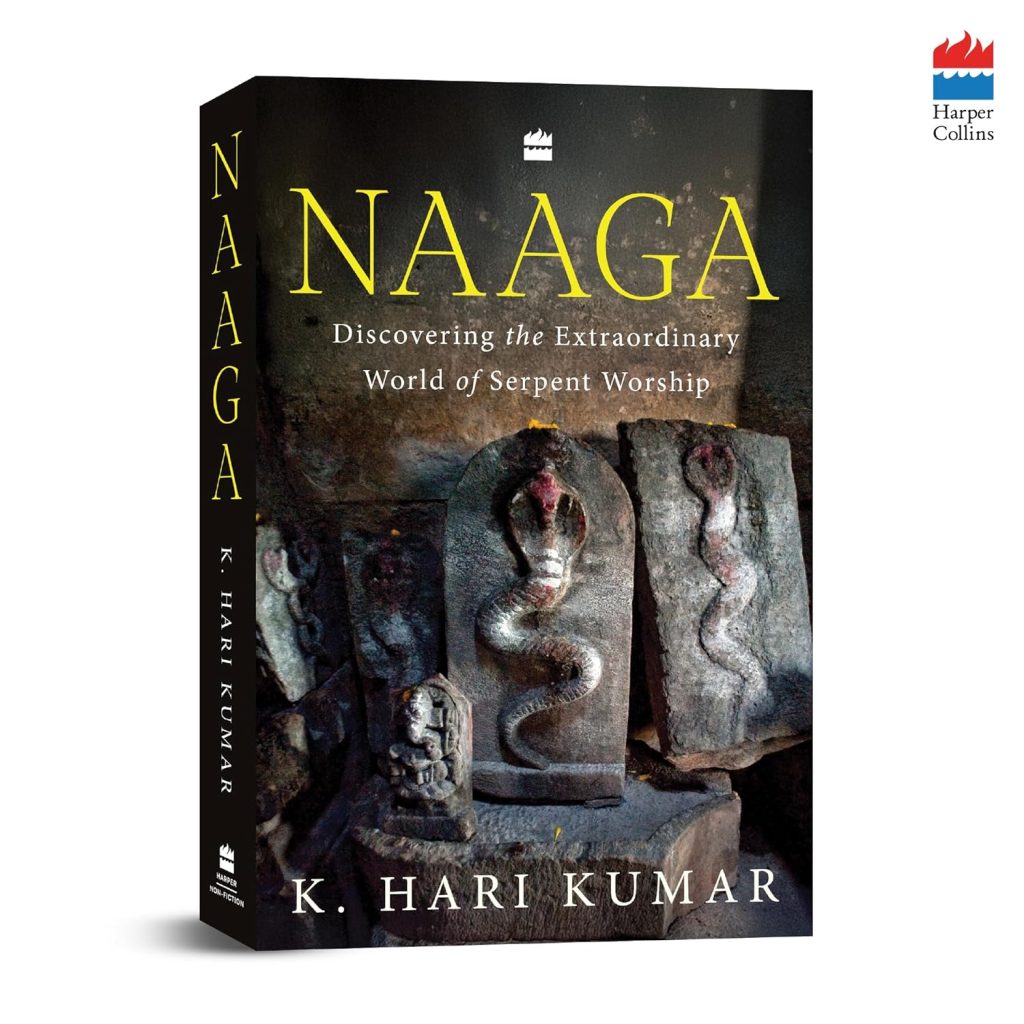Have you ever encountered tales of beings both beautiful and terrifying? The Yakshi is one such enigmatic figure from Indian folklore. Perhaps you’ve seen their graceful forms carved on ancient temples, or heard whispers of their seductive allure. But what if the captivating Yakshi harbored an unbelievable duality – a power to grant wishes, and a hunger to take lives?
In this article, based on our recent episode of The Fourth State podcast, we delve into the unbelievable folkloresurrounding the Yakshi and Yakshinis. We explore how this unique entity from Indian folklore embodies both immense benevolence and chilling malevolence. Our journey will uncover their roles in Hindu, Jain, and Buddhist scriptures, and the terrifying enchantresses of Kerala folklore.
(Disclaimer: The stories and beliefs discussed here are deeply rooted in ancient folklore, mythology, and traditional spiritual concepts from various cultures across India. These are not presented as personal opinions, nor as scientific facts, but rather as fascinating insights into how different societies have understood the unseen world throughout history. Our aim is to explore these rich cultural narratives and the ‘unbelievable’ concepts within them.)
Understanding the Yakshi: Origins & Characteristics
Let’s begin by understanding their very identity: who exactly are the Yakshis? The terms Yaksha (male) and Yakshini or Yakshi (female) refer to a unique class of supernatural entities in Indian mythologies, distinct from Devas (gods) and Asuras (demons). Their origins are ancient, predating many formalized religious texts, suggesting they were deeply ingrained nature deities from the very beginning of Indian civilization. The Yakshi often embodies raw, elemental power. [cite: 2.2, 5.1, 6.1]
The Yakshi is intrinsically connected to nature. They are believed to reside in ancient trees – especially the Ashoka and Sal trees – as well as deep forests, hidden water bodies like wells and ponds, and secluded mountain areas. Their presence signifies the spirit of a place, the very essence of the wilderness. They are guardians of natural elements and, quite famously, custodians of hidden treasures beneath the earth, often associated with Kubera, the Hindu god of wealth. [cite: 5.1, 5.2, 6.1, 9.2]
Visually, the Yakshi is almost universally depicted with breathtaking beauty. Sculptures and texts describe them as voluptuous, graceful, and enchanting, often adorned with rich jewelry and flowing attire that mirrors the abundance of nature. You can see these incredible carvings at ancient sites like Sanchi, Bharhut, and Mathura, where their figures – often in poses like ‘Shalabhanjika’ (a lady holding a tree branch, causing it to flower or bear fruit) – symbolize fertility and prosperity. [cite: 5.1, 5.2, 6.2, 8.1, 8.2] The Yakshi isn’t typically a primary deity, but rather a powerful attendant or benevolent force, embodying the beauty and potency of the natural world. But this beauty, as we’ll discover, often conceals a darker side.
The Yakshi’s Duality: Benevolent vs. Malevolent Forms
This is where the folklore of Yakshis gets truly fascinating: their profound duality. The Yakshi is rarely purely good or purely evil. Instead, they exist in a spectrum, capable of both immense benevolence and terrifying malevolence. This reflects nature itself – beautiful and nurturing, yet wild and dangerous. [cite: 1.3, 5.2]
On their benevolent side, the Yakshi is associated with fertility, abundance, and prosperity. They are believed to grant boons, particularly related to wealth, children, and good fortune, to those who respect and appease them correctly. In many ancient communities, they were revered as protective spirits of villages and natural resources. In Hindu texts, the Yakshini is sometimes invoked through specific mantras and rituals to gain various powers, from revealing hidden treasures to even granting invisibility or long life, symbolizing their ability to fulfill desires. Some, like Sursundari Yakshini, are even said to bestow immense wealth and longevity. [cite: 9.1, 9.2]
However, the malevolent aspect of the Yakshi is what truly sends shivers down the spine. This is the side of their duality that has dominated many folk tales. They are depicted as deceptive enchantresses, luring unsuspecting men with their irresistible beauty, only to reveal a terrifying, predatory nature. These malevolent Yakshis are said to drain the blood or life force of their victims, leaving them as withered husks, or inflict madness, illness, and misfortune upon those who disrespect them or their natural abodes. [cite: 1.1, 5.2] The Yakshi is powerful and can be quick to anger if not worshipped correctly, turning from benefactor to destroyer in an instant. This unpredictability is a key trait that makes them so formidable in folklore.
Kerala’s Terrifying Yakshi: A Chilling Deep Dive
Nowhere is the malevolent side of the Yakshi more pronounced than in the chilling folklore of Kerala. Here, the Yakshiis famously portrayed as a terrifying vampire-like enchantress. Her beauty is paramount – often depicted as a stunning woman, draped in traditional attire, her long hair adorned with fragrant jasmine. But this beauty is merely a veil for her bloodthirsty intent. [cite: 1.1, 1.3, 5.1]
These Kerala Yakshis are often believed to be the spirits of wronged human women who met unnatural or tragic deaths, much like the Chudails we discussed in a previous episode. After death, their immense suffering and desire for vengeance transform them into powerful, supernatural beings. They typically prey on lonely travelers, especially men, luring them on secluded roads or near ancient trees. [cite: 1.1, 1.3] Yakshikatha, or Yakshi stories, are incredibly popular in Kerala, ingrained deeply into the cultural narrative, serving as both entertainment and cautionary tales.
One of the most famous and chilling tales is that of the Kanjiracode Yakshi, also known as Chiruthevi. Folklore tells of Chiruthevi, a courtesan in Southern Travancore, who was infatuated with her servant, Kunjuraman. Driven by jealousy and a predatory nature, she committed unspeakable acts, even liquidating Kunjuraman’s wife. In a vengeful act, Kunjuraman later strangled Chiruthevi to death. She was then reborn as a terrifying Yakshi, incredibly beautiful, but consumed by vengeance, particularly for Kunjuraman. She terrorized many men, draining their blood, but her heart was still set on him. It took the intervention of a great upasaka – a devotee – Mangalathu Govindan, and a complex compromise, for the Yakshi to agree to be installed in a temple, ultimately finding refuge in Lord Narasimha. This incredible story highlights the Yakshi’s deep connection to human emotions, betrayal, and the path to eventual spiritual resolution. [cite: 7.1, 7.2]
Separately, folklore also speaks of Kalliyankattu Neeli, another equally fearsome Yakshi from Kerala. She is widely known for her immense power and is often depicted as a dark-skinned, terrifying entity who haunts specific areas, adding another layer to Kerala’s rich Yakshi lore.
These terrifying narratives have had a profound impact on Malayalam literature and cinema. Films like the classic 1968 movie Yakshi, and the novel Yakshi by Malayattoor Ramakrishnan, which is considered one of the most popular horror books ever written, constantly draw from these dark tales, portraying the Yakshi as a femme fatale, a symbol of untamed feminine power and deadly allure. Her legends serve as cautionary narratives, warning against dangers hidden beneath alluring facades, and reflecting complex themes of caste and gender dynamics in society. The mystique of the Kerala Yakshi is truly unforgettable. However, it’s also worth noting that in much of popular culture, thanks to some dramas and movies, Yakshis have regrettably been reduced to mere seductresses, often objectifying this complex figure and losing the rich, nuanced depth of her true folkloric roles as both a powerful spirit and a cautionary tale.
Yakshini in Sacred Texts: Hindu, Jain & Buddhist Roles
Beyond the fearful folklore, Yakshinis play significant and often benevolent roles in the structured mythologies of Hinduism, Jainism, and Buddhism. This broader understanding shows their deep integration into India’s diverse spiritual landscape, showcasing the multi-faceted nature of the Yakshi.
In Hinduism, Yakshinis are typically known as attendants to Kubera, the god of wealth. They are often depicted as graceful, beautiful beings residing in celestial realms, guarding treasures, and capable of bestowing prosperity and fertility. While the Uddamareshvara Tantra and Tantraraja Tantra even list dozens of Yakshinis, each associated with specific powers and mantras – from granting invisibility to revealing hidden gold – their primary role is often that of minor deities or benevolent forces associated with abundance. [cite: 2.1, 6.2, 9.1, 9.2]
In Jainism, Yakshinis hold a very important and distinct position as Shasanadevatas – ‘deities of the teaching.’ Each of the 24 Jain Tirthankaras has a specific Yakshini attendant, serving as a protector of their teachings and a benevolent intermediary for devotees seeking worldly gains. Powerful Yakshinis like Ambika (attendant to Neminath) or Chakreshwari (attendant to Rishabhanath) are revered as figures who can grant boons and guide followers. While Jain texts describe them as having emotions and being capable of anger if not worshipped correctly, their primary role is one of service and protection. [cite: 3.1, 3.2]
And in Buddhism, particularly in early Buddhist art, Yakshinis are frequently depicted as beautiful, voluptuous figures often associated with stupas and gateways. They symbolize fertility, abundance, and the life-giving essence of nature. Carvings at ancient Buddhist sites like Sanchi, Bharhut, and Mathura feature Yakshinis prominently, often shown embracing trees (a pose known as vrksadevata or salabhanjika), symbolizing their connection to the earth’s bounty and the flourishing of life. They are revered as guardians of sacred Buddhist sites and benefactors who bring prosperity. [cite: 4.1, 4.2, 5.1, 6.1, 8.1, 8.2]
Conclusion: The Enduring Allure of the Yakshi
From the terrifying blood-sucking enchantress of Kerala to the benevolent fertility goddess of ancient Buddhist stupas, the Yakshi is truly an entity of unbelievable duality. Her legends, whether whispered in fear or celebrated in reverence, are a testament to the complex ways our ancestors understood nature, power, and the unseen. These aren’t just scary stories; they are windows into deeply held cultural beliefs, ancient fears, and the human mind’s enduring quest to comprehend the mystical.
My own journey into these fascinating tales led me to a particular Yakshi story that my grandmother shared with me. This tale inspired a short story, ‘Devil Tree and A Piece of Rock,’ which is the very first in my fifty-horror short story collection, India’s Most Haunted, published by HarperCollins. It’s truly amazing how ancient folklore continues to inspire new narratives.
Did any of these unbelievable facets of the Yakshi surprise you? What fascinating lore about nature spirits or powerful female entities exists in your own region, or your family’s traditions? We’d love to hear your insights and stories in the comments below!
Listen to the full episode of ‘Yakshis: The Alluring & Terrifying Duality of India’s Nature Spirits’ on The Fourth State podcast here:
Want to delve deeper into the unbelievable world of Indian ghosts and spirits? Discover more such fascinating stories and ancient secrets in my latest book, India’s Most Haunted!
Connect with K. Hari Kumar:
Instagram: @theharikumar




Leave a Reply